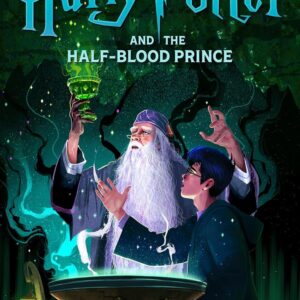Hunger Games Trilogy Overview
Hunger Games Trilogy Overview. The Hunger Games (Hunger Games Trilogy, Book 1) – A Riveting Dystopian Tale
In a world where dystopian literature has carved a niche for itself, “The Hunger Games,” the first installment in the Hunger Games Trilogy by Suzanne Collins, stands out as a gripping tale of survival, courage, and rebellion. This blog post delves into the heart of the novel, answering essential questions, and providing an insightful exploration of this captivating narrative.
Step 1:
1.1 What is “The Hunger Games” all about?
“The Hunger Games” is set in a bleak future where a totalitarian government known as the Capitol rules over the twelve districts of Panem. To maintain control and discourage rebellion, the Capitol conducts an annual event called the Hunger Games. In this gruesome spectacle, one boy and one girl, known as “tributes,” are selected from each district and forced to compete to the death in a televised arena. The story primarily follows Katniss Everdeen, a resourceful and resilient girl from District 12, who volunteers as a tribute to protect her younger sister, Prim.
1.2 Who are the key characters in the story?
- Katniss Everdeen: The story’s protagonist, a skilled archer, and a determined fighter.
- Peeta Mellark: The other tribute from District 12 who becomes Katniss’s ally.
- Gale Hawthorne: Katniss’s best friend and hunting partner.
- Effie Trinket: The Capitol’s cheerful escort for District 12.
- Haymitch Abernathy: A former District 12 victor turned mentor for Katniss and Peeta.
Hunger Games Trilogy Overview
1.3 What are the central themes of the novel?
“The Hunger Games” explores several themes, including:
- Survival: The brutal competition forces the tributes to do whatever it takes to stay alive.
- Inequality: The stark divide between the Capitol and the districts reflects issues of social injustice.
- Love and Sacrifice: The deep connection between Katniss and Peeta adds an emotional layer to the story.
- Rebellion: The novel sets the stage for the districts to rise against the Capitol.
1.4 What is the significance of the Mockingjay pin?
The Mockingjay pin is a symbol of hope and defiance. Katniss wears it as a token from her sister, and it becomes a symbol of rebellion against the Capitol.
Step 2:
Within the story of “The Hunger Games,” there is a gripping sense of tension and a profound narrative, much like the suspenseful items found at The Hunger Games (Hunger Games Trilogy, Book 1). This online store offers a captivating collection of merchandise inspired by the world of Panem and the Hunger Games Trilogy.
Step 3: Conclusion
“The Hunger Games” is more than just a dystopian adventure. It’s a reflection of our world’s inequalities, a celebration of resilience, and a tale of the power of love and sacrifice. Suzanne Collins’ brilliant storytelling keeps readers on the edge of their seats, and the characters’ development is both poignant and inspiring.
As we eagerly turn the pages of this enthralling book, we find ourselves drawn into a world of survival, courage, and the relentless human spirit, much like the tributes in the Hunger Games arena. And just as Katniss Everdeen’s Mockingjay pin symbolizes hope in the face of adversity. “The Hunger Games” has become a symbol of enduring literary greatness. It’s a must-read for anyone seeking an unforgettable journey through the dystopian landscape of Panem.





Reviews
There are no reviews yet.